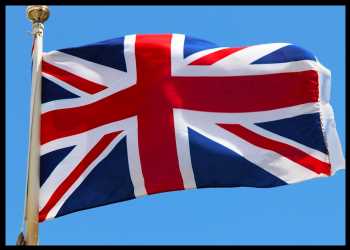
UK Inflation Eases More Than Expected To 15-month Low
UK consumer price inflation slowed more than expected to a 15-month low in June, strengthening the case for a quarter point rate hike from the Bank of England rather than an aggressive half a percentage point increase at the August meeting.
The consumer price index, or CPI, posted an annual increase of 7.9 percent in June, which was slower than the 8.7 percent rise in May, the Office for National Statistics reported Wednesday. This was the weakest rate since March 2022 and also below economists’ forecast of 8.2 percent.
The slowdown reflected downward contribution from the transport division, especially motor fuels. There were notable downward effects from food and non-alcoholic beverages, furniture and household goods and restaurants and hotels.
Monthly consumer price inflation also eased more than expected to 0.1 percent from 0.7 percent in May. The expected rate was 0.4 percent.
The core CPI that excludes energy, food, alcohol and tobacco rose 6.9 percent annually in June, which was slower than the 7.1 percent rise in May. That was the highest rate since March 1992.
“The August Bank of England meeting is going to be a close call, but we think this latest data makes a 25bp hike more likely than a repeat 50bp increase,” ING economist James Smith said.
Capital Economics economist Paul Dales said wage growth and services CPI inflation are both currently stronger than the BoE had projected in May and give enough evidence of “more persistent pressures” to prompt the central bank to lift rates a little bit further than previously thought.
Still the interest rates are more likely to peak between 5 percent and 6 percent than between 6 percent and 7 percent, Dales added.
The BoE has lifted the benchmark rate over the last thirteen consecutive policy sessions, taking it to the current 5.00 percent, which was the highest since 2008. The next announcement is due on August 3.
Another report from the ONS showed that output prices registered the slowest annual growth since December 2020. Factory gate prices edged up 0.1 percent, following May’s 2.7 percent increase. The rate was expected to ease to 0.5 percent.
Output prices slid 0.3 percent in June after falling 0.6 percent in May. Prices were forecast to drop 0.3 percent.
Input prices declined the most since August 2020, down 2.7 percent from a year ago, in contrast to the 0.4 percent rise in May. Prices were forecast to drop moderately by 1.6 percent.
Month-on-month, input prices decreased 1.3 percent following a 1.2 percent drop in May.
Source: Read Full Article